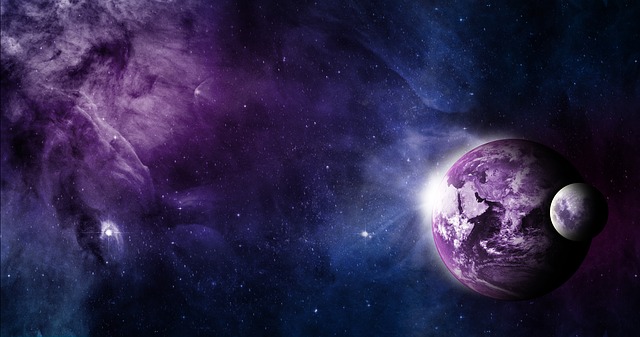Solar System
Our Solar System is located in a corner at a distance of approximately 30,000 to 33,000 light years from the center of the galaxy. The center of the solar system is located in the sun. The sun permeates the galaxy. It does a orbiting in 2250 million years. The sun is like a star like the other stars, the only difference is that it is closer to us than the other stars. The Sun has its own family. The Sun and its family are called Solar System. Sun’s family consists of nine planets, their satellites, comets, meteors, and asteroids or asteroid.
The planet is such an astronomical object that revolves around the Sun just like our earth, that is, it revolves around it. Sunlight falls on the planets, due to which they look shiny 99 percent of the solar system is due to the sun. All the members of the Solar System revolve around the Sun.
The nine planets are: Mercury, Venus, Earth, Mars, Jupiter, Saturn, Uranus, Neptune and Pluto.
Mercury, Venus, Mars, Jupiter, and Saturn can be seen without the telescope of the Earth. Astronomers even knew these thousands of years ago. The discovery of the other three planets Uranus, Neptune, and Pluto came after the invention of telescope. Uranus was discovered in 1781, Neptune’s 1846 and Pluto in 1930.
The Sun’s family, i.e. planets, satellites, comets, meteors, asteroid etc. are jointly called solar cells.
The solar system has originated from the nebula.
There are 8 planets in the solar system.
The planets, mercury, Venus, Earth, Mars, Brihaspati, Saturn, Arun and Varun are in the order of increasing distance in the sun.
Yama is not included in the class of planets.
In the last few years, astronomers have estimated the existence of the tenth planet with many trials. But it has not been discovered yet. Astronomers will find out in the near future.
Mercury
There is a small planet near the sun. It is so small that even some planetary satellites are bigger than that. Mercury is very low in the sky, so looking at it is not easy. This planet can be seen immediately after sunset or before sunrise.
Mercury spins on its axis in 58.7 days. It takes 88 days to rotate around the sun. This is the fastest moving planet.
The closest planet to the Sun
Orbiting the Sun 87 days in 23 hours.
One day of Mercury equals 90 days of Earth.
The result is 18th part of Earth.
There is lack of air circulation on Wednesday.
The planet passing near Mercury – Mariner
This is a planet whose distance from the Sun does not always remain the same, because its long, thin orbiting path is like the shape of the lemon. Mercury rotates very slowly. One day there is equal to 59 days of our earth. Part of this planet lasts for a long time near the Sun, hence due to the heat of the sun, the day temperature gets more than 350 ° C. At this temperature, the tin and the ladders are melted. The second part of the planet on which the night is, is relatively cold. The temperature reaches to -170 ° C.
In 1974, images from Space probe Mariner 10 revealed that this planet is like the Moon, which has rocks and rocks. Water is not marked there. Mercury has no satellite and there is no atmospheric gas there.
